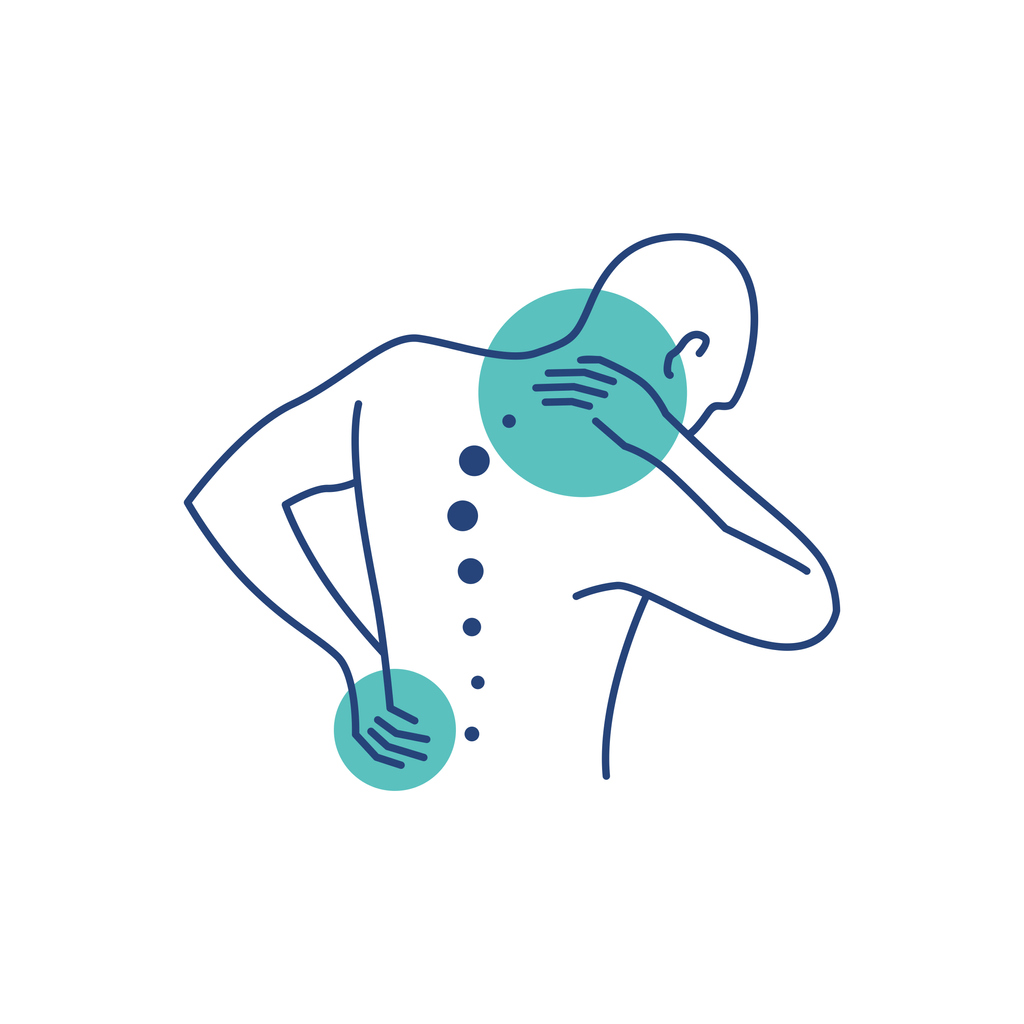Pain
8 Ways to Manage Back Pain at Home

124 people found this helpful
Print
Share
Save
An estimated eight out of every ten people will experience back pain at some point in their lives. Back pain is one of the most common reasons people visit a physician. It can be caused by normal wear and tear, overuse, injuries, muscles, bones, nerves, or discs. The most common causes of back pain are muscular irritation and joint dysfunction.
8 ways to manage back pain at home include, but are not limited to, the following:
- Stay active. Stick to normal, everyday activities, but avoid strenuous exercise or lifting excessive amounts of weight. Physical activity plays an essential role in the treatment and prevention of back pain. Strong core muscles improve posture and support the spine, reducing pressure on the discs and joints. It also increases flexibility and reduces stiffness, which improves mobility.
- NSAIDs. Nonsteroidal anti-inflammatory drugs (NSAIDs) help reduce inflammation and pain. Ibuprofen and naproxen can be purchased over-the-counter. However, long-term use can lead to ulcers, stomach bleeding, liver damage, and increased risk of heart attack. Topical NSAIDs are also beneficial.
- Use ice and heat. Temperature therapy involves the use of heat or cold to reduce pain. Heat therapy relaxes stiff joints and muscles; whereas, cold therapy numbs acute pain and reduces inflammation. Switching between heat and cold therapy can help reduce certain types of pain.
- Stretch. Be sure to stretch the back muscles frequently, especially if sitting for extended periods. Simple stretches, such as arching the back, bending forward, and reaching side to side, can loosen back muscles. The practice of yoga can help back pain. It also improves flexibility, teaches proper posture, and helps with producing and maintaining a healthy spine. Certain poses can stretch and strengthen back muscles to enhance mobility.
- Ergonomics. Simple ergonomics help ensure the workplace causes the least amount of stress on the back. Select a chair that offers back support. When in a seated position, the feet should rest flat on the ground or on a footrest. Position the chair and computer screen so that the eyes gaze at the center of the screen. Avoid sitting in a position where the neck and shoulders are tense. Take frequent breaks to stand and stretch the back.
- Quit smoking. Smoking promotes inflammation, restricts blood flow, and increases pain. It narrows blood vessels that deliver oxygen and nutrients to the spine. This makes the spine more susceptible to injury and slows the healing process if an injury does occur. Smoking also causes fatigue and impairs the immune system.
- Maintain a healthy weight. Excess body weight increases the force that is placed on the spine. Weight can escalate back problems, compress the spine, boost inflammation, and inhibit movement. Many foods are also highly inflammatory. Consult with a health care professional to find a diet that will lessen back pain and help to obtain and maintain a healthy weight.
- Mindful meditation. Mindfulness, or mindful meditation, involves using certain skills (e.g., guided imagery, meditation, journaling, breathing exercises, etc.) to focus on the present and observe inner thoughts and feelings without judgment. The goal is to promote relaxation, improve mental clarity, and manage stress, which can reduce pain symptoms. Mindfulness can be incorporated into a daily routine by simply taking a moment to observe how the body feels and notice the five senses without labeling sensations as “good” or “bad.”


















